The sunken city of Pavlopetri is the stuff of myths. Just a dozen feet beneath the sea off the coast of Laconia, Greece, her ruins were thought to have originated from the Mycenaean period, but today are thought to be far older—preceding even the Bronze Age.
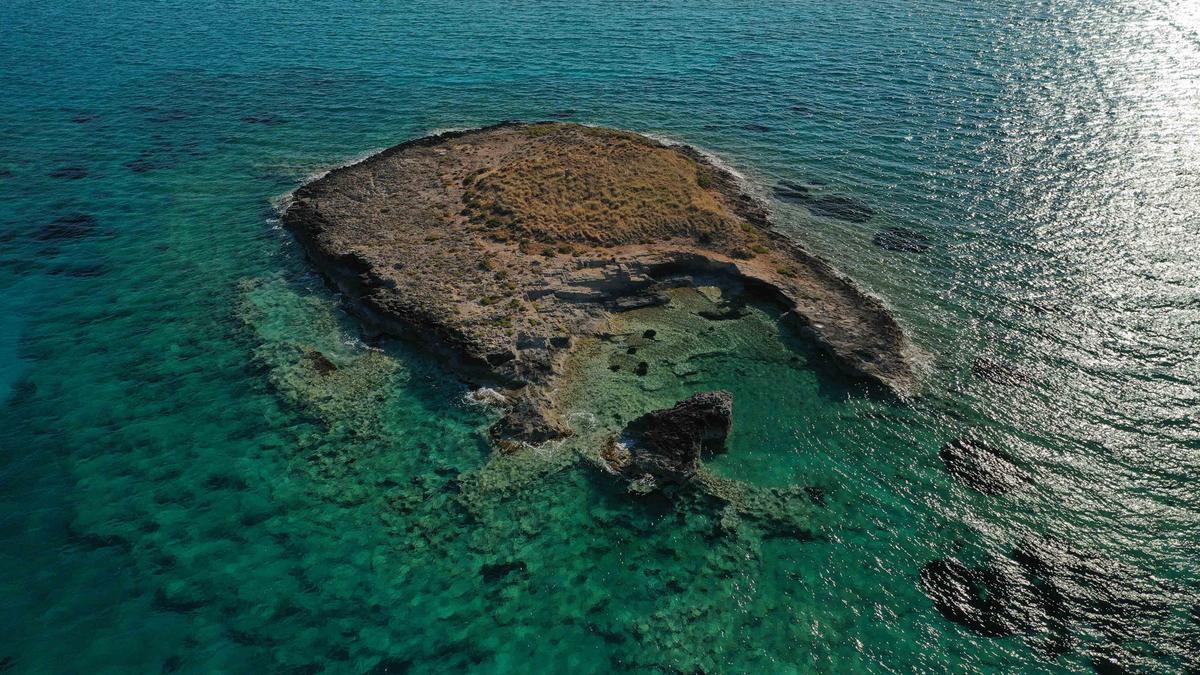
Aerial view of the sunken city of Pavlopetri in between Pounta beach and Elafonisos island, Greece. (Aerial-motion/Shutterstock)
The sunken ruins were rediscovered in 1967 by oceanographer Nicholas Flemming of the University of Southampton, who returned in 1968 and conducted an extensive six-week survey. Using just measuring tapes and snorkels—the technology of the day—they mapped an area 980 by 490 feet (150 by 350 meters) using a grid system and identified 15 distinct buildings along with courtyards, 5 streets, and tombs. The ruins also yielded artifacts, such as obsidian and chert blades, pottery, and a bone figurine. All of which lay 9 to 12 feet (3 to 4 meters) below the surface.
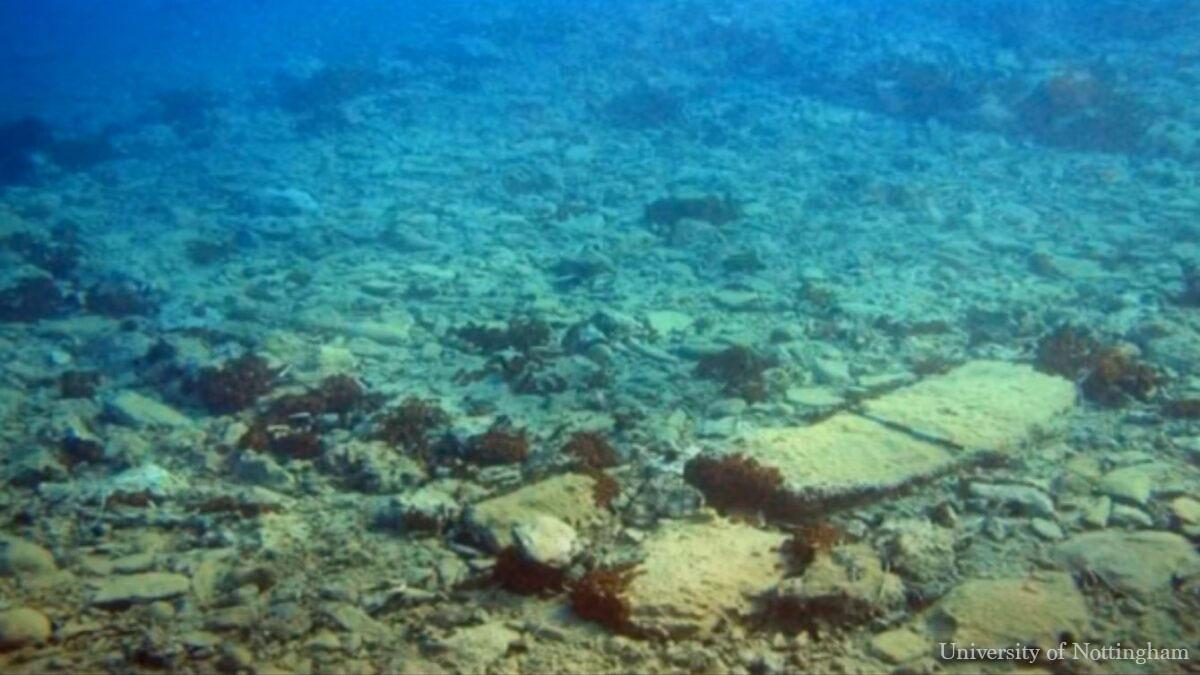
An underwater view of Pavlopetri. (Courtesy of the University of Nottingham)
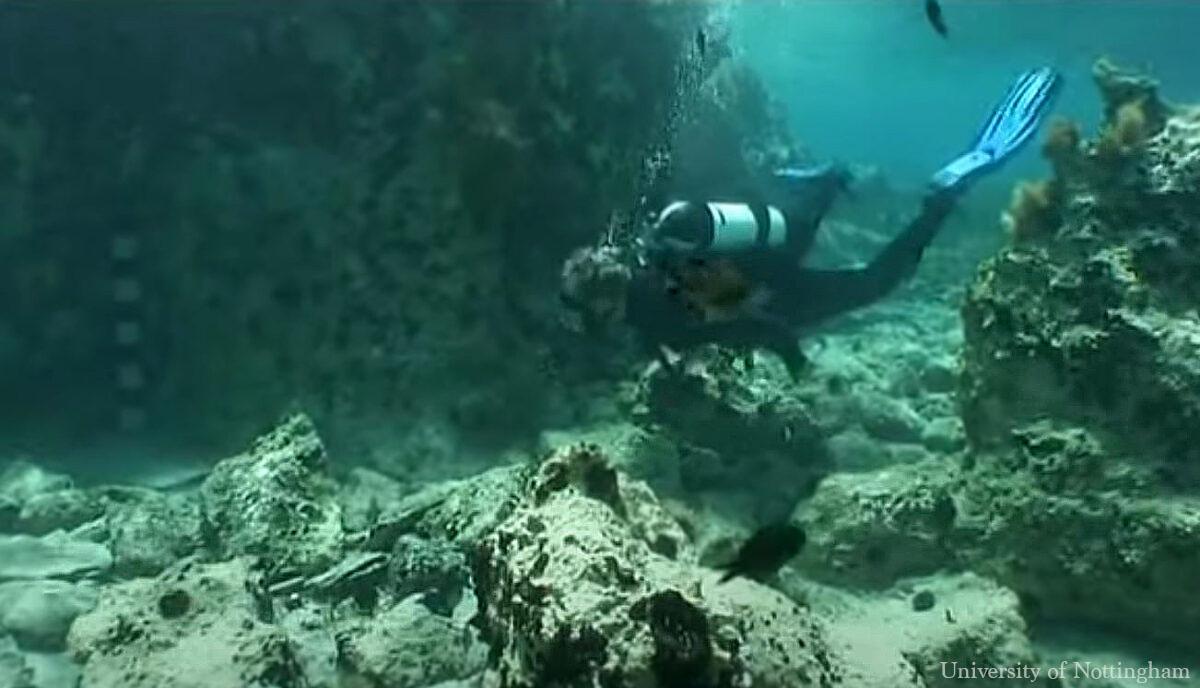
A diver examines the ruins of Pavlopetri during a 21st-century expedition. (Courtesy of the University of Nottingham)
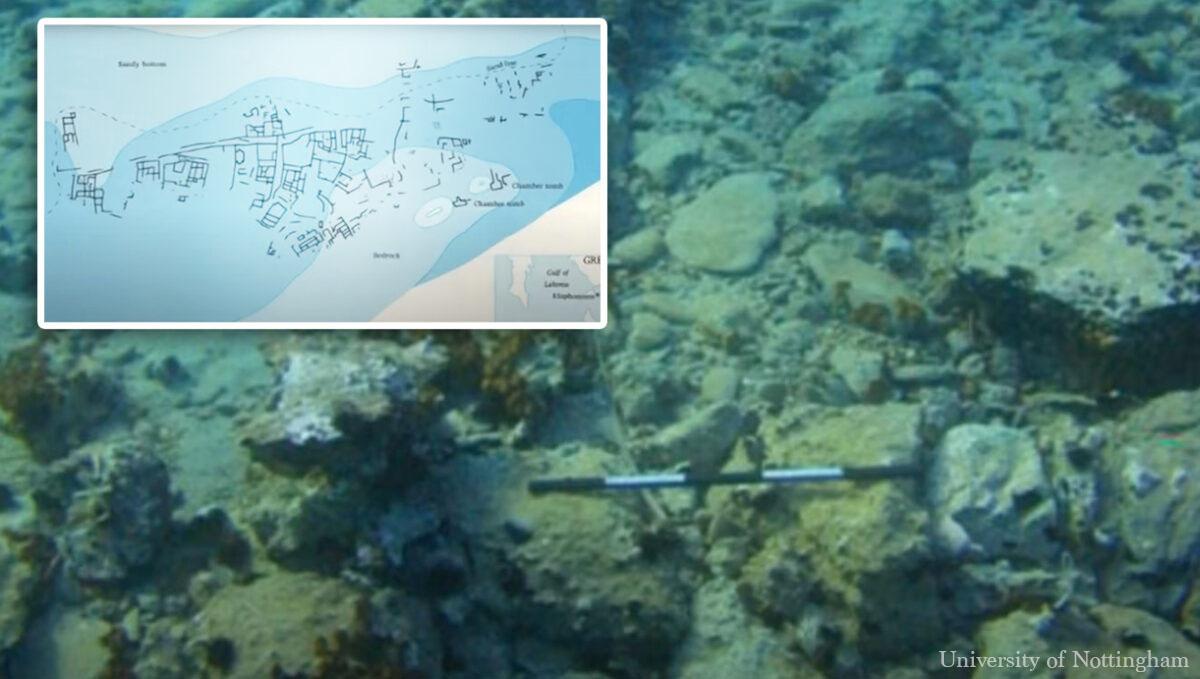
Detail of the ruins during an expedition that took place four decades after it was first mapped. (Courtesy of the University of Nottingham)
“We managed to work alongside CGI movie professionals, these are people who normally work on films like ‘Star Wars,’” Henderson told the University of Nottingham shortly after the expedition. “The reason the new technique is so good is because it’s photorealistic, people can look at it right away and go, ‘Oh wow, that’s a submerged city!’”
They would also draw new historical conclusions about the city of Pavlopetri from their research. The buildings themselves had already been dated back to the Mycenaean Period, around 1650 to 1180 B.C., however, newly discovered artifacts from the site pinned the city down to a much earlier era.
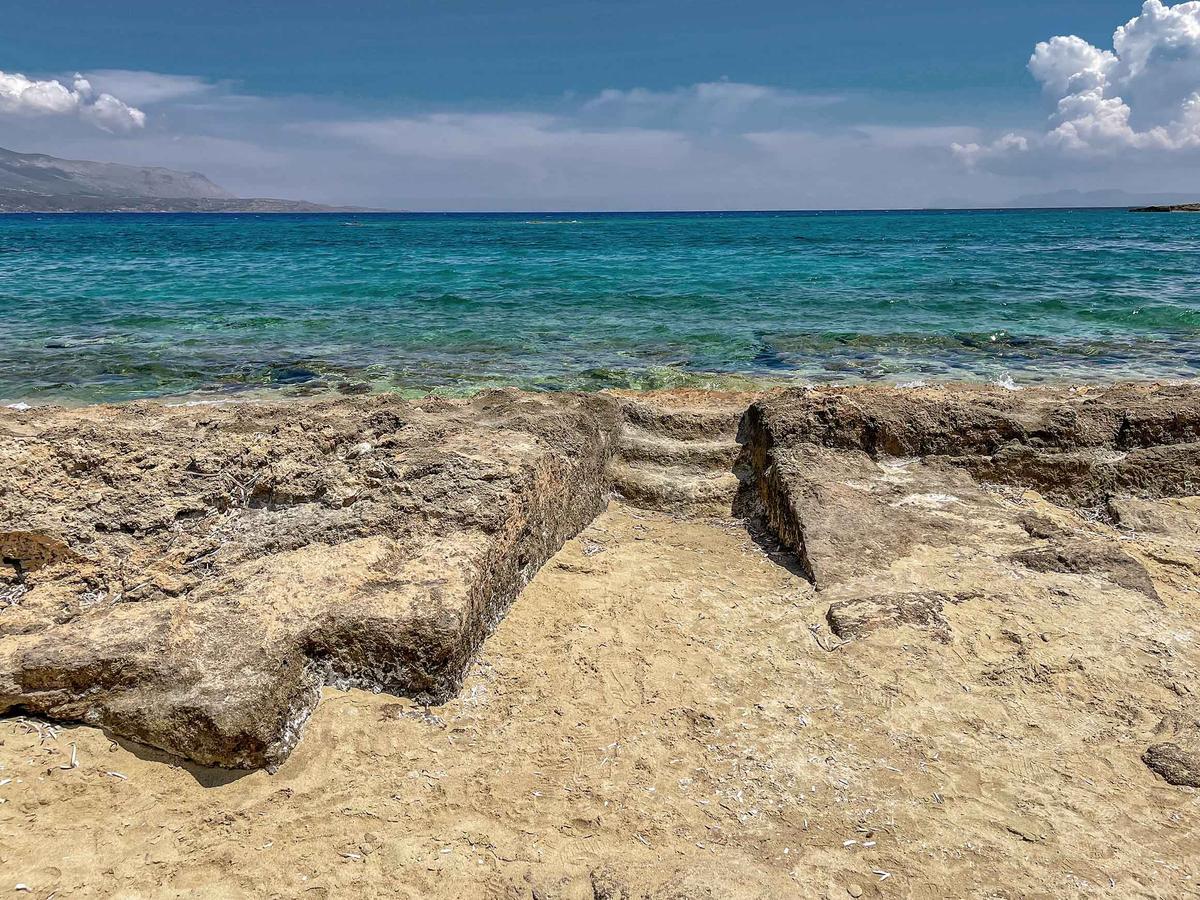
Seaside view of the world’s oldest submerged city, Pavlopetri, in Laconia, Greece. (Pit Stock/Shutterstock)